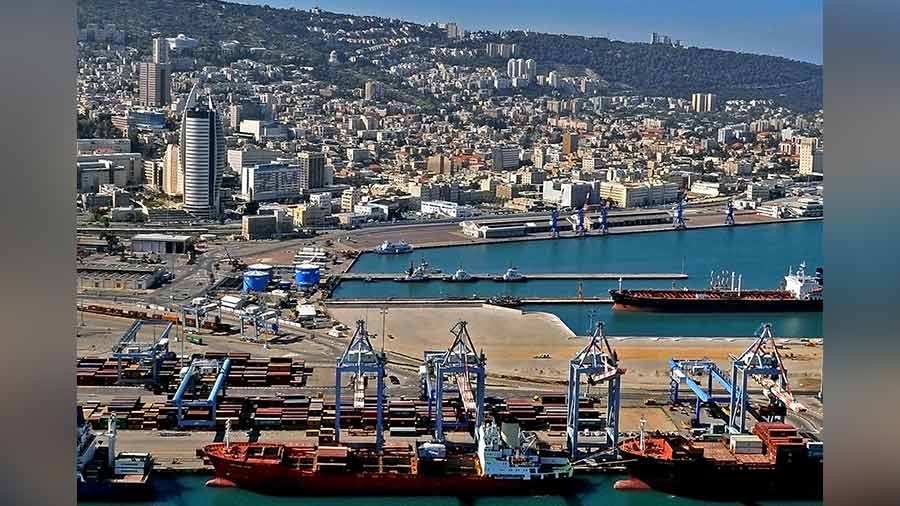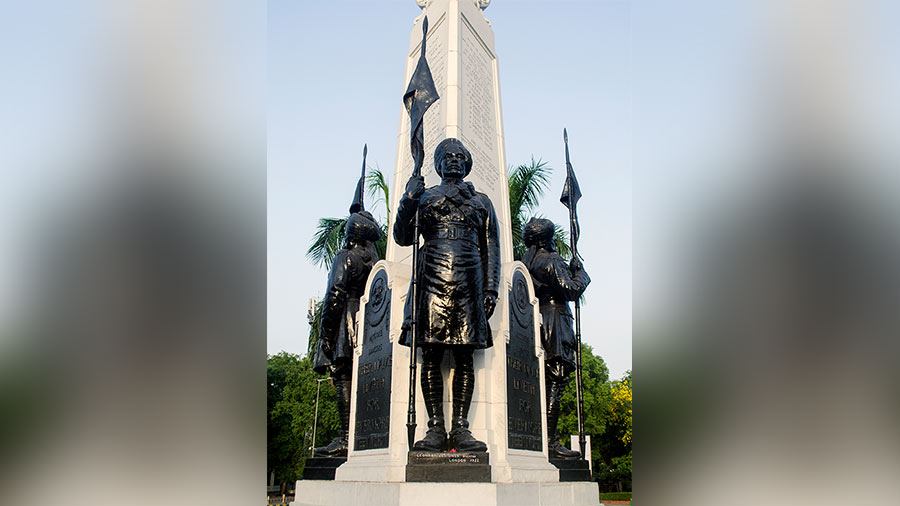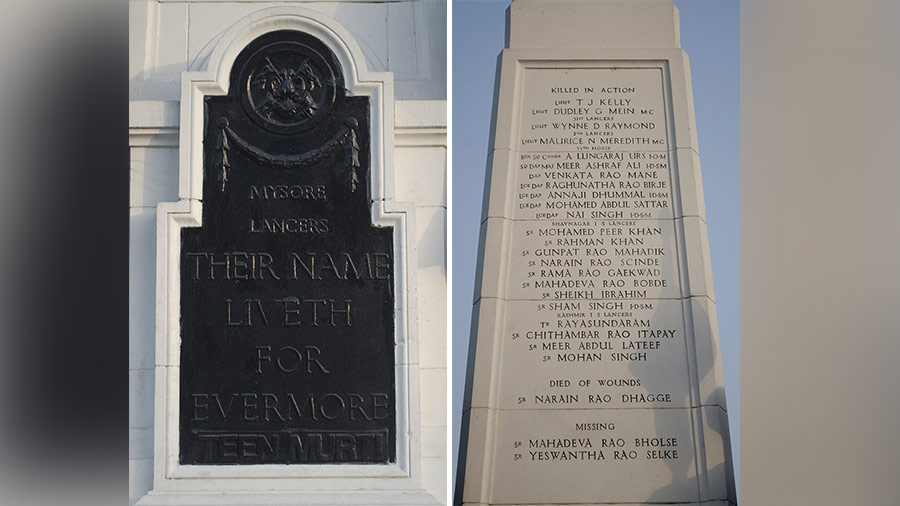A recent project on Israel’s Port of Haifa has established a new India-Israel connection. However, this isn’t India’s first connection with Haifa — events dating back to World War I link the two places. Over a million Indian soldiers served the British army during the Great War of 1914-18. Among these men, about 62,000 died and another 67,000 were wounded in different war theatres across the world. One of these places was the largest port of Israel, Haifa.

Port of Haifa Wikimedia Commons
On September 23, 1918, the 15th Imperial Service Cavalry Brigade, consisting of cavalry troops from Mysore, Jodhpur and Hyderabad, along with the detachments of Bhavnagar, Kashmir and Kathiwar attacked the fortified port town of Haifa. They captured Haifa and cleared a crucial route for the Allies. A total of 44 soldiers from the three princely states died during the liberation of Haifa. In fact, The Indian Army celebrates September 23 as Haifa Day.
Israel to Delhi
The Teen Murti Bhavan is a popular landmark in Delhi. Built in 1930, the palatial building served as the official residence of the British Indian Army’s commander-in-chief. It then became the Delhi residence of the first Prime Minister of India, Jawaharlal Nehru. Nehru lived here for 16 years until his death on May 27, 1964.

The bronze statues were made by famous British sculptor Leonard Jennings Rangan Datta
The name of the building comes from a nearby memorial, which has three statues. The obelisk stands on a traffic roundabout next to the Teen Murti Bhavan and is dedicated to the fallen men of the siege of Haifa. The memorial came up in 1924, on the 10th anniversary of the start of World War I and was inaugurated by the then-Viceroy of India, Lord Reading.
The three statues flanking three faces of the obelisk are of cavalry members in full military uniform. The bronze statues were made by famous British sculptor Leonard Jennings. The three sides also have a bronze plaque each with the inscription ‘There name liveth for evermore.’ Above the inscription are the names and the logos of the cavalry regiments — Mysore, Jodhpur and Hyderabad Lancers. Above the plaques, the sides of the obelisk are engraved with names of soldiers who died or were missing. The base of the triangular memorial also has three inscriptions — two document the event in English and Urdu respectively, and the third has names of nearby places where these soldiers fought. They include the Suez Canal, Gaza, Jerusalem, Jordan Valley, Haifa, Damascus and Aleppo.

The plaques and engravings on the memorial's obelisk Rangan Datta
In 2018, to commemorate the centenary of the siege of Haifa, several events were held in Delhi and Haifa and attended by the Indian Prime Minister Narendra Modi along with the then Israeli counterpart Benjamin Netanyahu.
Rangan Datta is a mathematics and management teacher by profession and a travel writer and photographer by passion. He has been addicted to discovering off-beat places since his undergraduate days at St. Xavier's College. Blogging and contributing to Wikipedia are his other passions.


